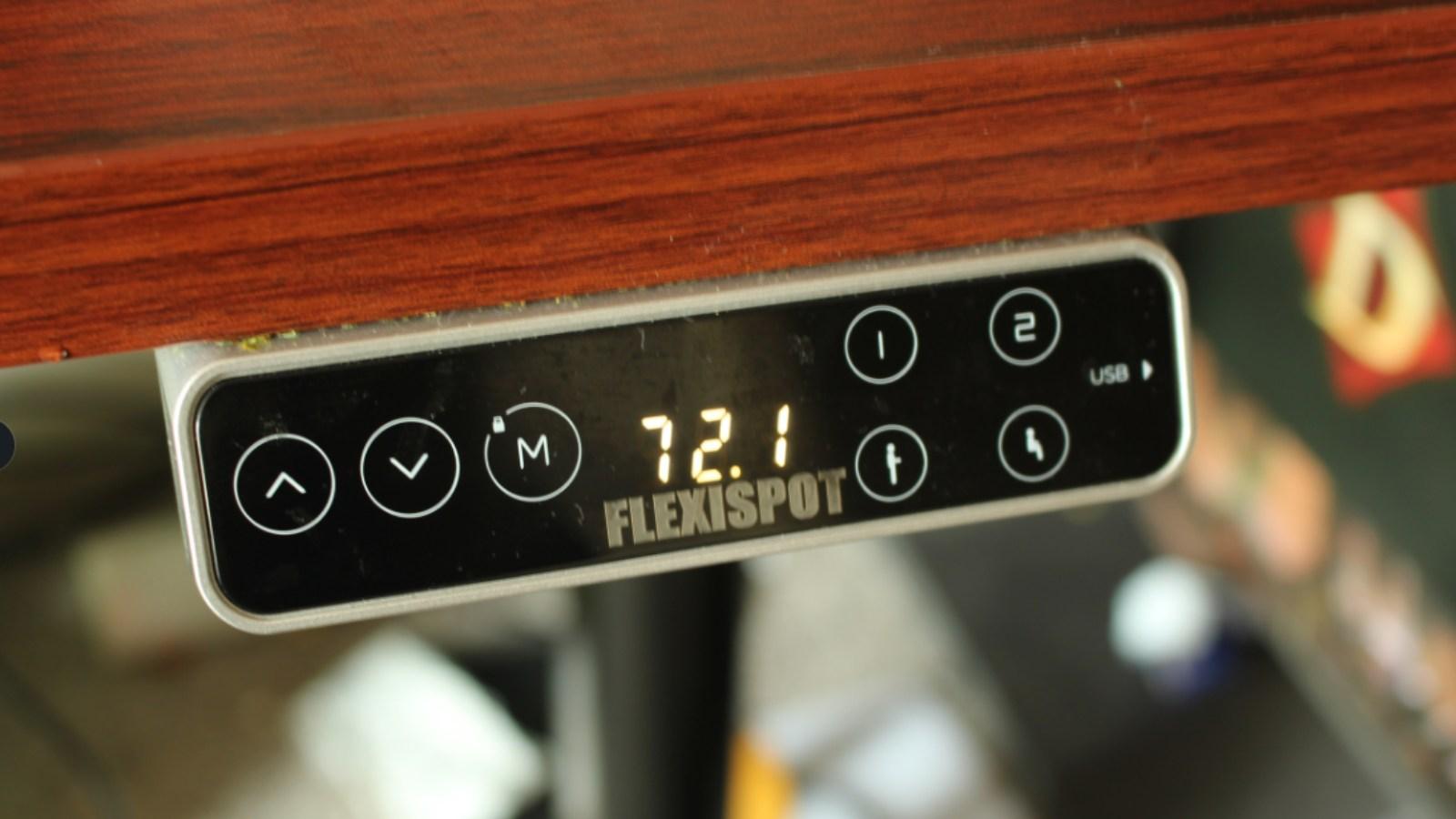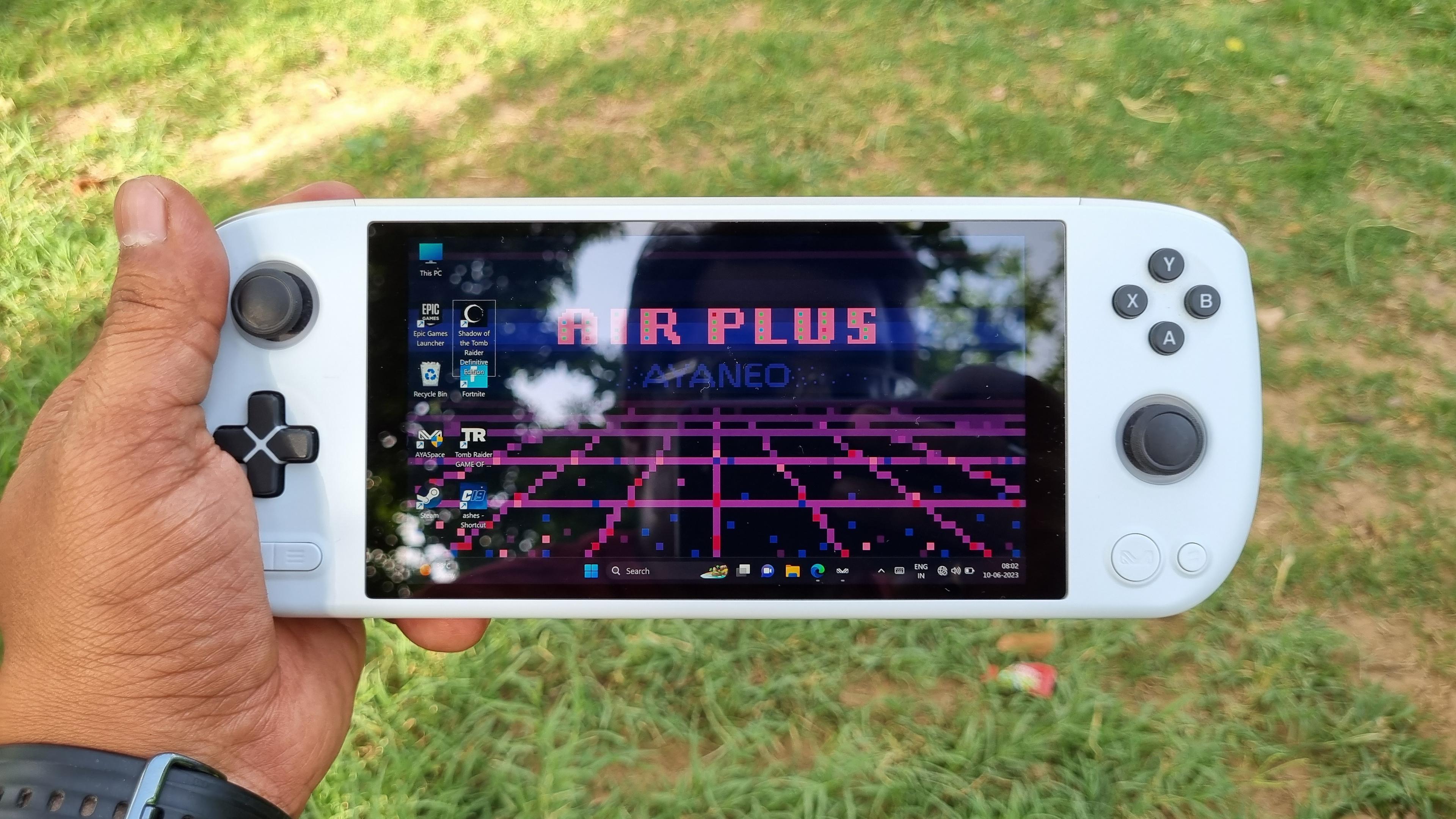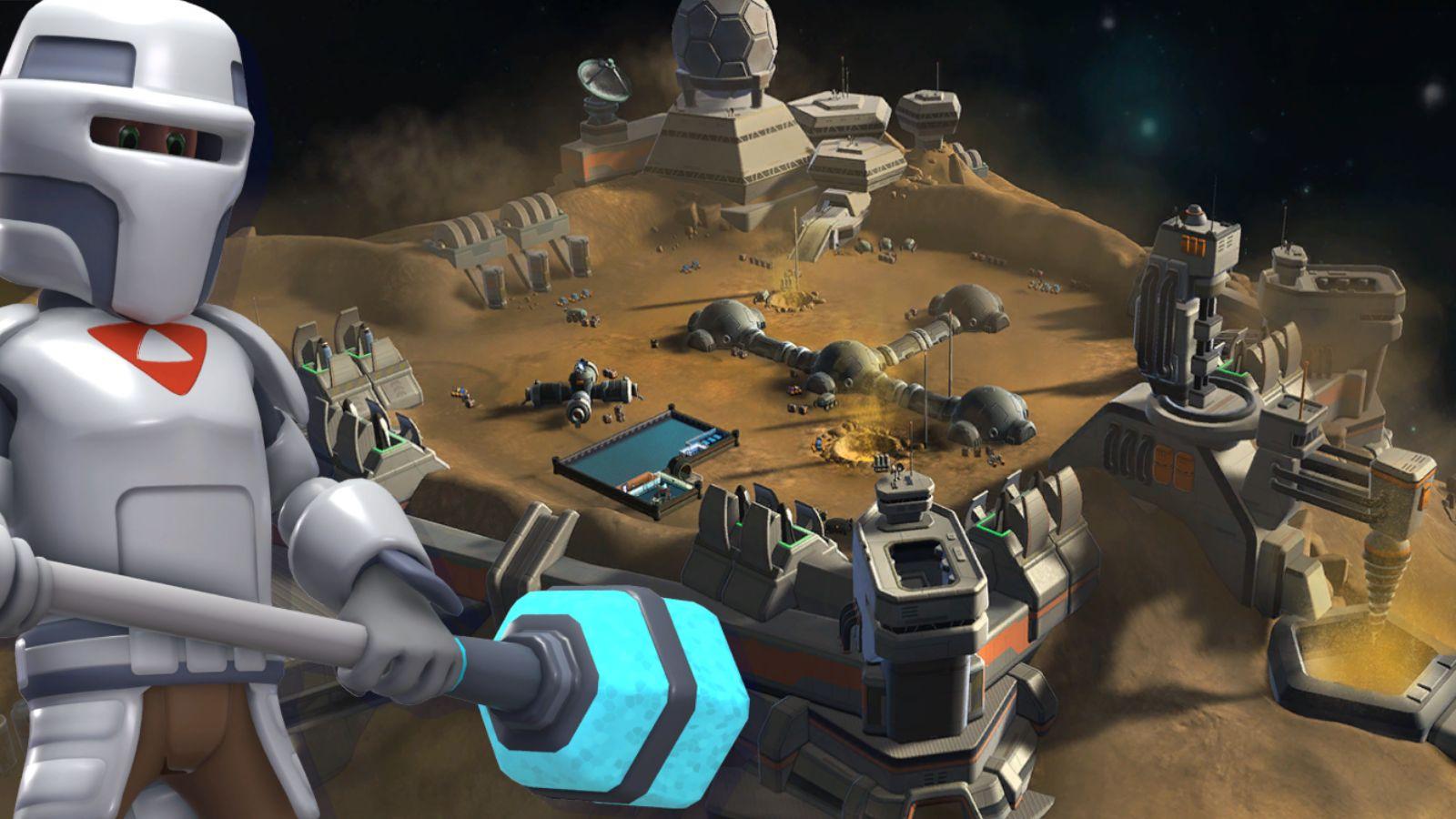Mountain Everest Max keyboard review: Gimmicks & great typing
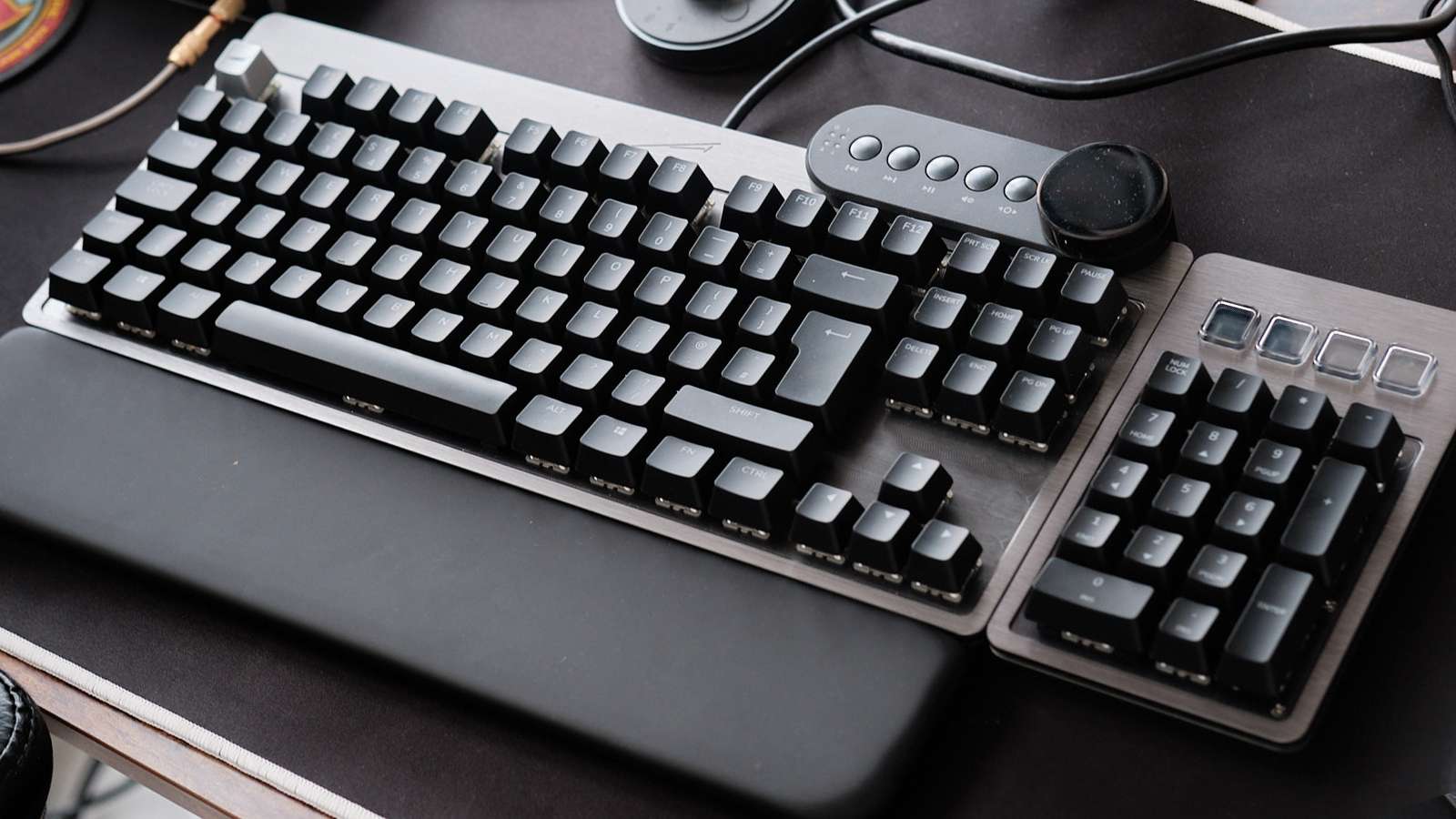 Dexerto
DexertoThe Mountain Everest Max keyboard is a luxury item, but is luxury enough to carry it in a world of premium keyboards? We investigate further in our review.
Our time with the Mountain Everest Max was divisive. You’re immediately bamboozled by the massive box housing the hefty keyboard and its modules, only to then dig deeper and find an assortment of tools for you to upgrade or tinker with the keyboard further into your ownership.
It’s a bizarre thing to be invested in opening a keyboard, but for the most part, it was like a little adventure. A box with a drawer that contains a taster of different switches you can use with the Everest Max and twisting the knob on the media control module, was part of a premium experience that Mountain is seeking to offer with this keyboard.
Plugging it in, downloading the software, and starting to use it, we fell into a conundrum of what to even say. Our keyboard obsessive backgrounds can lead you to believe that something like this would be immediately tossed aside in favor of something more akin to the Keychron K4 or even custom-built keyboards that you see rising up around, looking for the thickest ‘thocky’ sound.
However, even though it sits at a whopping $250 this is what I’d class more of a ‘gateway drug’ of some description. It’s not exactly the point you’d end at and while the price of admission is high, once you begin to use this thing you might find yourself investigating the wider world of custom keyboards.
Contents:
Key specs:
- Switch type: 3-Pin Cherry MX, hot-swappable
- Stabilizer: Cherry (plate-mounted, lubricated)
- Backlight: RGB
- Key Rollover NKRO over USB
- Polling Rate 1000Hz / 1ms
- Keycaps ABS (PBT Optional)
- Onboard memory Up to 5 profiles
- Connector USB Type-C
- Interface USB 3.2 Gen 1
- Price: $249.99/£249.99
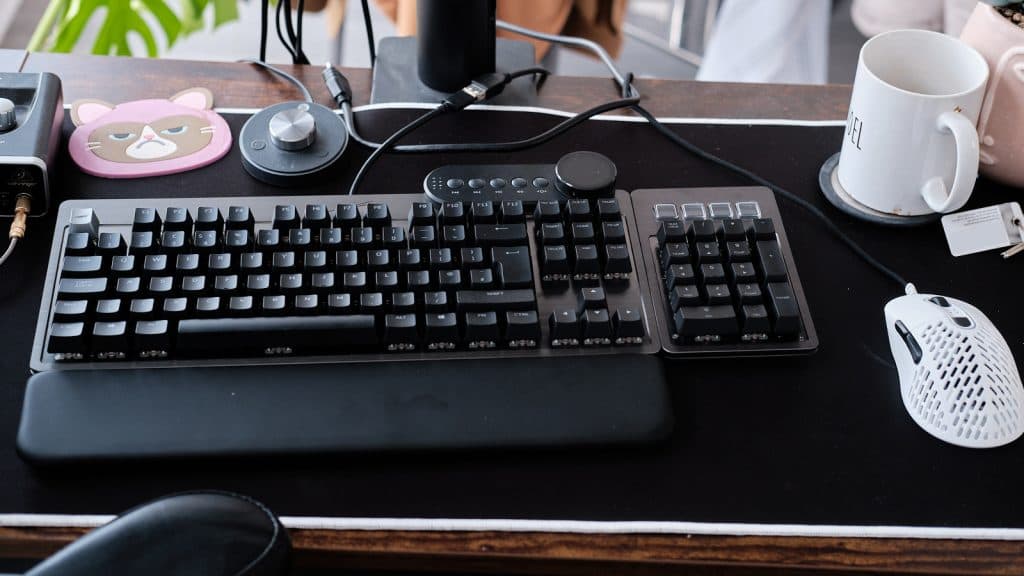 Dexerto
DexertoDesign
The Everest Max is essentially the same as the Everest Core with additional modules included. Mountain’s Everest lineup includes the Max, Core, and 60, which we also reviewed. While the 60 is your straightforward entry into the ecosystem that Mountain has created, it’s the Max where things start to get a little weird around the edges.
Overall, the design and feel of the Everest Max are great. A solid metal base means it’s not going to slip about and the included wrist rest has revolutionized our typing lives. It feels high-end, you’re not just paying for the luxury of owning a ‘Mountain’ keyboard, but you’re getting what you’ve paid for.
However, for the cost of the device, the modules are a little clunky. On the top and sides of the Everest Max are USB-C ports, that Mountain doesn’t really want you to use with anything else. Why? Their website says that they’ve not fully tested them in that capacity and they’re designed for Mountain usage first. The issue here is that having four USB-C ports would be a boon. However, on further testing, it appears the USB-A port on the top is the only thing that registered my devices.
Numpad woes
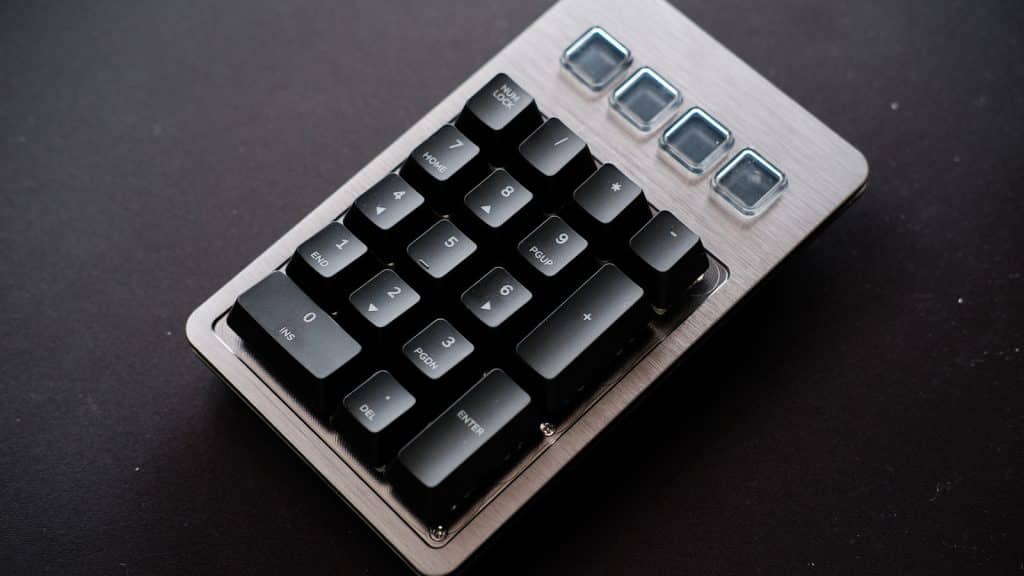 Dexerto
DexertoSo what about the burning question? The peripherals. The included media module and Numpad module both connect via USB-C and you can choose where you’d like to place them.
Even for left-handed individuals, I don’t see how after years of using the Numpad on the right side of the keyboard, your life will change or if you even will plug it into the left side of the keyboard.
The Numpad features the same high-quality build as the rest of the keyboard, the only thing that brings it down is its actual connector. It feels bad.
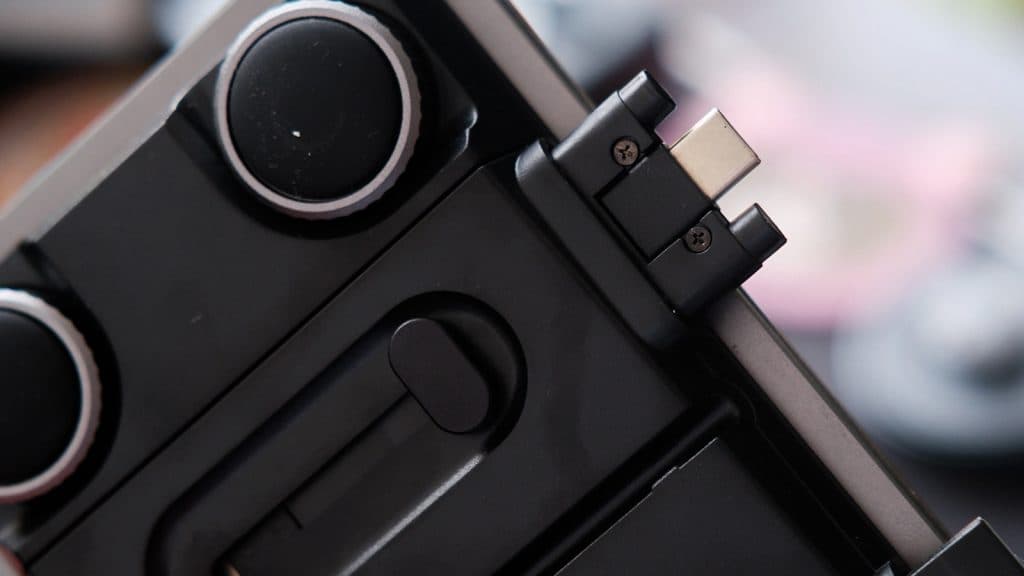 Dexerto
DexertoWe’re talking about a loose, flimsy piece of plastic with a USB-C connector on and two plastic nubs to hold it in place. It doesn’t work. Moving the keyboard saw us wincing as it dangled for dear life and fear of breakage was at an all-time high. Thankfully, the heavy build quality of both devices means it should stay in place for a while.
On top of the Numpad are four OLED screens, similar to the Elgato Stream Deck, and function pretty much the same too. These can be programmed for your own purposes, but pushing them in feels like pressing a sponge, with the only real feedback the macro you’ve programmed in actually activating.
Media module success
The same can’t be said for the media module. That thing, once connected, is in. It’s a great feeling rotating the knob with a satisfactory click all the way around. While we mostly used it for the sake of changing the volume, having it onboard feels fine. It’s got these buttons that don’t feel in line with the rest of the keyboard, but for the most part, didn’t bother us as they’re mostly used for media.
Setup and features
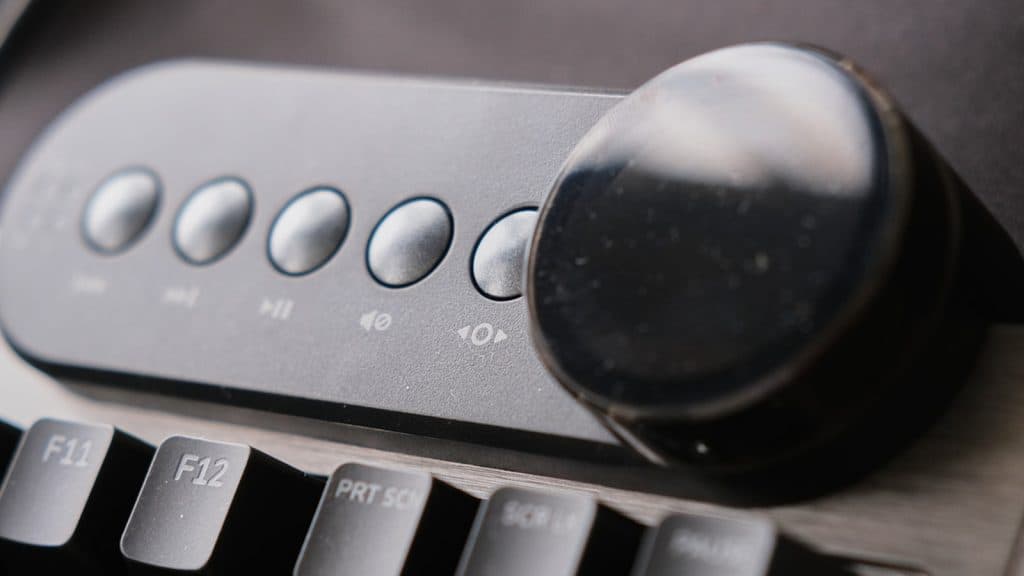 Dexerto
DexertoMountain’s worst aspect in its design is hinging things on its rather lackluster software. It’s nice enough to not automatically run at boot. However, you’ll need it to boot because without it most of the functionality vanishes.
We lost contact with Base Camp
It’s called Base Camp and it’s not bad, but its simplicity circles back around to being obtuse. Macro programming is a pain, with Base Camp only recording certain actions and not allowing for doubling up on the buttons – like the Elgato.
We set it to hit Win+P, then go down three times with the arrow keys in the menu and turn off the second monitor. It’s lucky it’s essentially a palindrome of keystrokes because other functions we tried could have really done with the doubling up aspect that makes the Stream Deck such a viable shortcut option.
Using it for simple macros, like turning on NVIDIA’s recording software (set to CTRL+ALT+F10) made capturing gameplay footage for projects far easier.
On the other side of things, the media module has a custom mode and options to turn basically everything you wouldn’t use off. If you set everything off the bar, say, volume, you still have to enter the volume menu on the dial rather than just immediately decipher that there’s nothing else to choose.
Switches and RGB
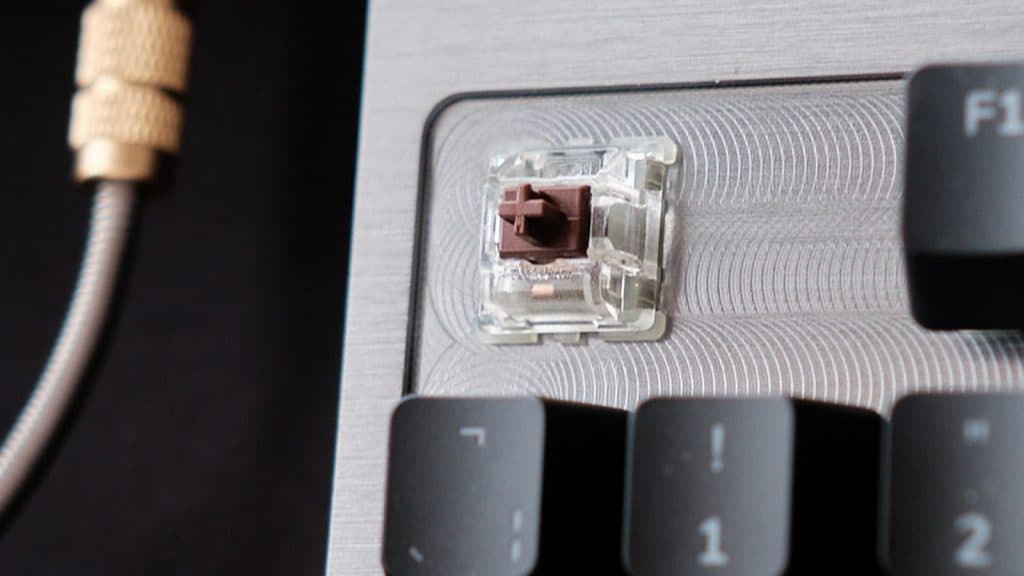 Dexerto
DexertoIt’s finicky and there are better options out there, but for the most part, doing the basic things like setting RGB and such was no harder than anything else. Speaking of RGB, some brighter options do begin to create this mirrored shimmer effect on the keys. We didn’t mind it (the RGB was set to reactive most of the time), but if you’re an RGB aficionado it might do your head in.
Much like the Everest 60, the Max comes with the same offering of switches and even comes with a sampling platter of optional switches you might want to invest in.
Annoyingly, they use three-pin connectors as standard, leaving those of us with favorite five-pin switches in the lurch, limiting the hot-swappable nature of it all.
Typing experience
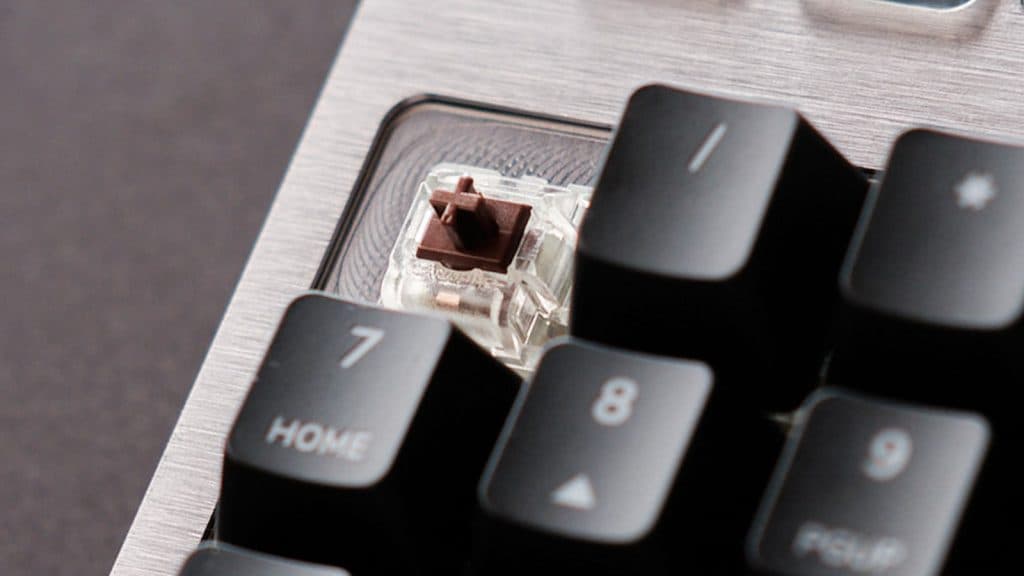 Dexerto
DexertoAs this version came with the equivalent of MX Browns, making an already smooth and well-polished core (get it?) into one of the better typing experiences around. Yes, for the price you’d expect it to be comfortable, but the Max is a luxury that earns the respect of being priced so high. **
Everything from the way it allows our fingers to flow from key to key, with those soft, lubricated switches underneath offering nothing but bliss.
We could type out multiple pieces on the back of this without ever feeling like the keyboard was rejecting us in some capacity. Unlike the Corsair K70 we reviewed previously, these switches are fully mechanical and helped along with the plate-mounted lubricated stabilizer.
Mountain has made a great keyboard. Across the board, all three offerings will give you a sublime typing experience, and even further than that, will give you an even better gaming one because of how customizable this thing is.
Is the Mountain Everest Max good for gaming?
Much like the typing, this feels great to game on. The actuation of the keys is so smooth that I genuinely believe that this is one of the best all-around keyboards for pretty much any purpose. Gaming, typing, content creation, etc., it’s all here and it’s great.
Now, of course, we’re no strangers to trying weird options and yes, we used the hotkeys on the Numpad to see what we could do with certain games.
Having access to Nvidia’s software at the touch of a button was great, quickly hitting the button to capture gameplay worked without a hitch. Creating dedicated macros for Lost Ark and Path of Exile was cumbersome, but not entirely the worst thing. It seems that as soon as it gets more complicated than keystrokes, Base Camp begins to stutter.
However, the media dial being always on, meant that turning the volume eliminated the need for an ALT+TAB out, or even seeing how hot the PC was getting during Destiny 2 sessions were handy to have around.
If you’re looking for incredible response times, the polling rate of 1000Hz is great, and hitting the upper echelons of your chosen esports. It shouldn’t let you down, but don’t expect to see these on the circuits or tournaments.
Should you buy the Mountain Everest Max?
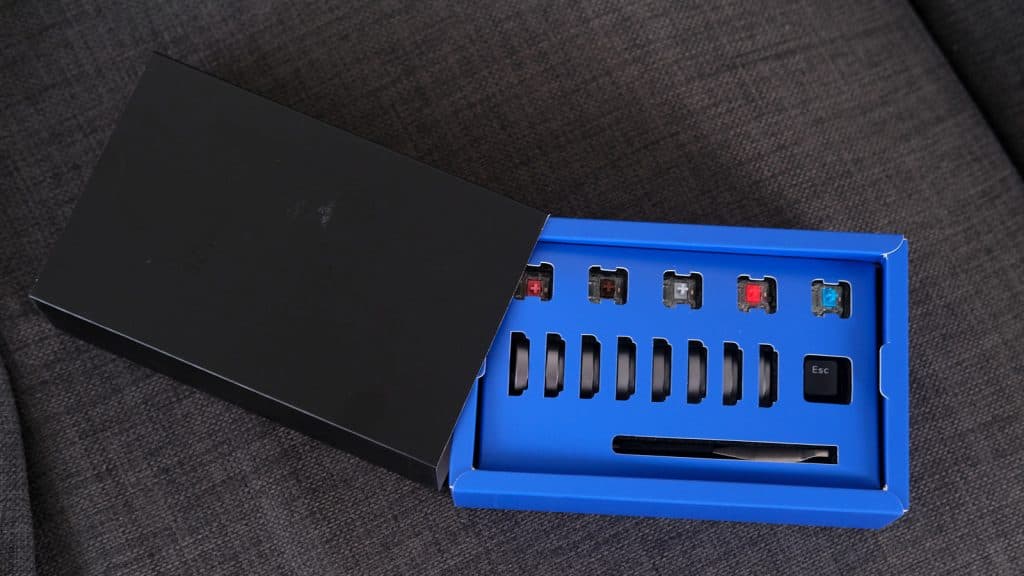 The sample box of switches is the true gateway
The sample box of switches is the true gatewayHere’s the underlying question. Is it worth going all out or should you just grab the Everest Core? The keyboard itself is a pleasure, with almost perfect typing and gaming performance onboard.
The biggest issue with the Everest Max is that the rest of the gizmos that come with it, and the Base Camp software that drives it feels superficial. It’s not integral to the overall experience and in some cases, like the numpad’s connector, feels rushed to market. Even the wrist rest, which is magnetic, doesn’t just clip on as you’d expect and can be a frustration more than a help.
There’s also the case of me calling this a gateway drug. It’s clearly intended for an audience that knows their keyboards. It’s also something we don’t think we could honestly recommend to keyboard fanatics. This is however the perfect entry point – even at the cost of $250 – to explore the wider world of keyboards.
A sampling platter of switches and being able to immediately pull them out with the included switch puller enables you to see what works best for you. Letting you begin tinkering with the board to your heart’s content. It might be the best thing a keyboard manufacturer has done for the wider community in years.
The addition of the platter of switches is almost like an admittance that this isn’t going to be perfect out of the box for everyone. It’s honest.
With some alterations, you might find this to be your ride-or-die keyboard, or, you could wind up getting into the deeper keyboard hobbyist community through it. The Everest Core and Max could be your guide through that until you’re ready to dig deeper.
8/10
Overall, the Everest Max is a luxury item. At its heart, the Everest is a supreme keyboard, but the Max variation with its extras and unintentionally obtuse software scupper it from being the perfect device.
You can get the Mountain Everest Max direct from Mountain.gg.
If you click on a product link on this page we may earn a small affiliate commission.
